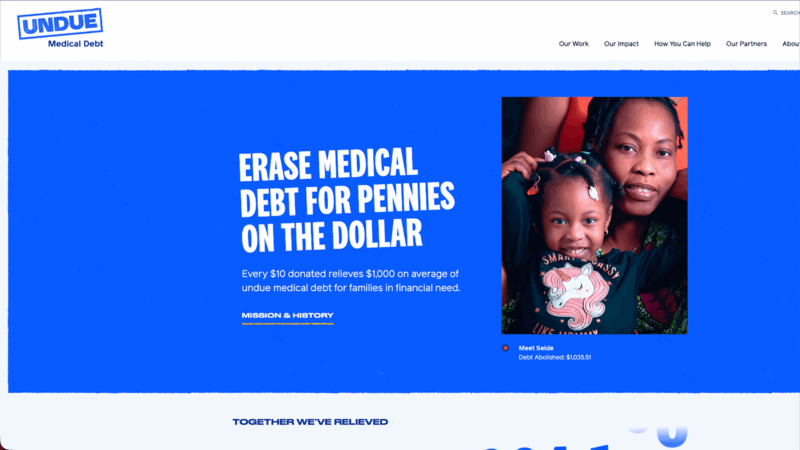Poverty on the Rise in Suburbia
Many people think of poverty as an urban issue, but a new analysis by the Brookings Institution in Washington, D.C. finds poor families are increasingly living in suburbs. In fact, in the last decade, poverty rose more than twice as fast in suburban communities as it did in urban centers.
That’s according to the new book Confronting Suburban Poverty in America by researchers at the Brookings Institution Metropolitan Policy Program. They found poverty rates rose 64 percent in the country’s suburbs from 2000 to 2011. By 2011, there were 3 million more poor people living in surrounding suburbs than in cities.
It’s a trend in Birmingham as well, although the metro area is not at the leading edge of the shift.
Back of the Pack for Birmingham
Birmingham ranked 67th out of the 95 largest metro areas with a suburban poverty rate increase of 44.7% from 2000 to 2011. That compares to only 12.2% for the city proper over the same time period. Birmingham also had a slower rate of suburban poverty growth than other nearby cities, coming behind Atlanta and Nashville.

Understanding what’s driving the change helps explain the rankings.
Researchers found the recession has been one factor, as some suburban families were hit hard by the downturn. But the trend goes back decades, the result of residents and immigrants increasingly looking for jobs, education and other opportunities in the suburbs. So while the Birmingham area has grown in recent years, it hasn’t grown as fast as Atlanta or Nashville.
Different in the Suburbs
While suburban poverty may not be growing as fast around Birmingham as it is around other cities, there are still almost 120,000 people below the poverty line outside the urban core. The book’s authors argue most cities aren’t ready to deal with the issue.
Urban poverty tends to be concentrated, while in the suburbs it’s more spread out. Community-based organizations that serve the poor often have less of a presence in suburban areas. Public transportation is less accessible in suburbs, making it harder to get assistance or hold down a job.
How Alabama Power kept bills up and opposition out to become one of the most powerful utilities in the country
In one of the poorest states in America, the local utility earns massive profits producing dirty energy with almost no pushback from state regulators.
No more Elmo? APT could cut ties with PBS
The board that oversees Alabama Public Television is considering disaffiliating from PBS, ending a 55-year relationship.
Nonprofit erases millions in medical debt across Gulf South, says it’s ‘Band-Aid’ for real issue
Undue Medical Debt has paid off more than $299 million in medical debts in Alabama. Now, the nonprofit warns that the issue could soon get worse.
Roy Wood Jr. on his father, his son and his new book
Actor, comedian and writer Roy Wood Jr. is out with a new book -- "The Man of Many Fathers: Life Lessons Disguised as a Memoir." He writes about his experience growing up in Birmingham, losing his dad as a teenager and all the lessons he learned from various father figures throughout his career.
Auburn fires coach Hugh Freeze following 12th loss in his last 15 SEC games
The 56-year-old Freeze failed to fix Auburn’s offensive issues in three years on the Plains, scoring 24 or fewer points in 17 of his 22 league games. He also ended up on the wrong end of too many close matchups, including twice this season thanks partly to questionable calls.
In a ‘disheartening’ era, the nation’s former top mining regulator speaks out
Joe Pizarchik, who led the federal Office of Surface Mining Reclamation and Enforcement from 2009 to 2017, says Alabama’s move in the wake of a fatal 2024 home explosion increases risks to residents living atop “gassy” coal mines.

 |
| 






